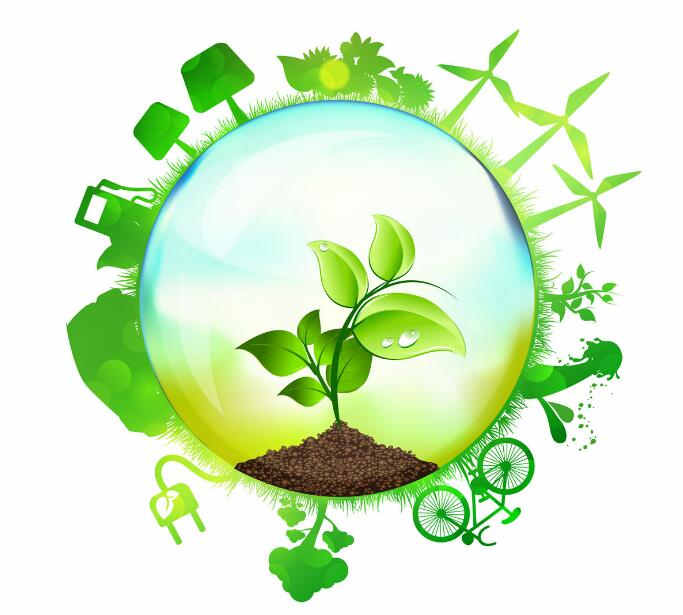
On January 1, the newly revised "Water Pollution Prevention Law" was formally implemented. The new "Water Pollution Prevention and Control Law" has increased the penalties for water environmental violations and increased fines on the basis of an increase in penalties for consecutive days. For example, the fine for exceeding the standard and exceeding the total amount of the enterprise shall be "the amount of two sewage charges." More than five times the following "change" to "more than 100,000 yuan 1 million yuan" and so on.
On April 1, the environmental protection tax will usher in the first levy. From April 1 to April 15, 260,000 people are expected to pay for pollution.
Environmental tax levy tax standards
At present, with the exception of the Tibet Autonomous Region, all provinces (autonomous regions and municipalities) have issued specific applicable tax amounts for taxable atmospheric pollutants and water pollutants in their own areas in accordance with legal procedures.
Among them, Heilongjiang, Liaoning, Jilin, Zhejiang, Anhui, Fujian, Jiangxi, Shaanxi, Gansu, Qinghai, Ningxia, Xinjiang and other 12 provinces and regions set the tax amount according to the lower limit, and their air and water pollutant tax amounts are 1.2 yuan per pollution equivalent respectively. And 1.4 yuan.
The tax amounts of six provinces and municipalities such as Beijing, Tianjin, Hebei, Shanghai, Jiangsu and Henan are at a relatively high level. The air pollution tax is between 4.8 to 12 yuan per pollution equivalent, and the water pollutant tax is 4.8 to 14 yuan per pollution equivalent. .
Beijing determines the tax amount according to the high limit, and its air and water pollutant tax amounts are 12 yuan and 14 yuan per pollution equivalent respectively. The two provinces of Hebei and Jiangsu have established different levels of taxation in different regions of the province. The taxation rates of Inner Mongolia, Shanghai, Chongqing, and Yunnan provinces and regions have been gradually increased in different years.
Cai Zili, Director of the Property and Behavior Tax Division of the State Administration of Taxation, said that the “dynamic adjustment mechanism for the country's bottom line and places can go up” authorizes the provincial government to play a tax adjustment role according to local conditions and environmental conditions. Taking the Beijing-Tianjin-Hebei region, where the environmental carrying capacity is relatively small, as an example, Beijing has determined the applicable tax amount in the region in accordance with the upper limit of 10 times the minimum tax standard. Hebei Province has determined the atmosphere of the 13 counties in Beijing according to 8 times the minimum tax standard. The applicable tax for major pollutants in water.
Refractory material or price increase
Renovation of environmental protection, tight supply, and the sharp rise in some raw materials, price hikes in various industries have become the trend of the times. Not only will there be price increases, but some products will be out of stock, reminding the majority of manufacturers to pay attention to reasonable stocking to reduce business risks.
Several provinces where refractories are concentrated are all within the focus of environmental supervision. Prior to the collection of environmental taxes, factors such as the change of coal to gas, the increase in natural gas prices, and the lack of resources for raw material extraction have prompted prices of refractories to increase. In addition to the environmental tax that began on April 1, the cost of this part will eventually be passed on to the product. In addition, the limited production and production shutdown of the heating season and the inventory consumption of refractory raw materials will soon bottom out. Some companies have already realized this problem.
The good news is that after the heating season has passed, companies are starting to work one after another. The supply of refractory materials and raw materials will be eased.
On the one hand, companies need to pay environmental taxes according to regulations. On the other hand, research and development and production of green refractories are also important areas for future efforts. For example, refractories used in the cement industry, and chromium-containing refractories are the main source of pollution in the cement industry. Chromium refractories can eliminate heavy metal pollution from the source. In Europe, America, Japan and other places, it is mandatory for enterprises to eliminate chromium-containing refractories. The key to the production of clean steel in the iron and steel industry and the longevity of the furnace is the use of non-polluting and functionalized refractory materials. Therefore, green pollution-free refractories will surely become the industry trend.
(China Building Materials News)

